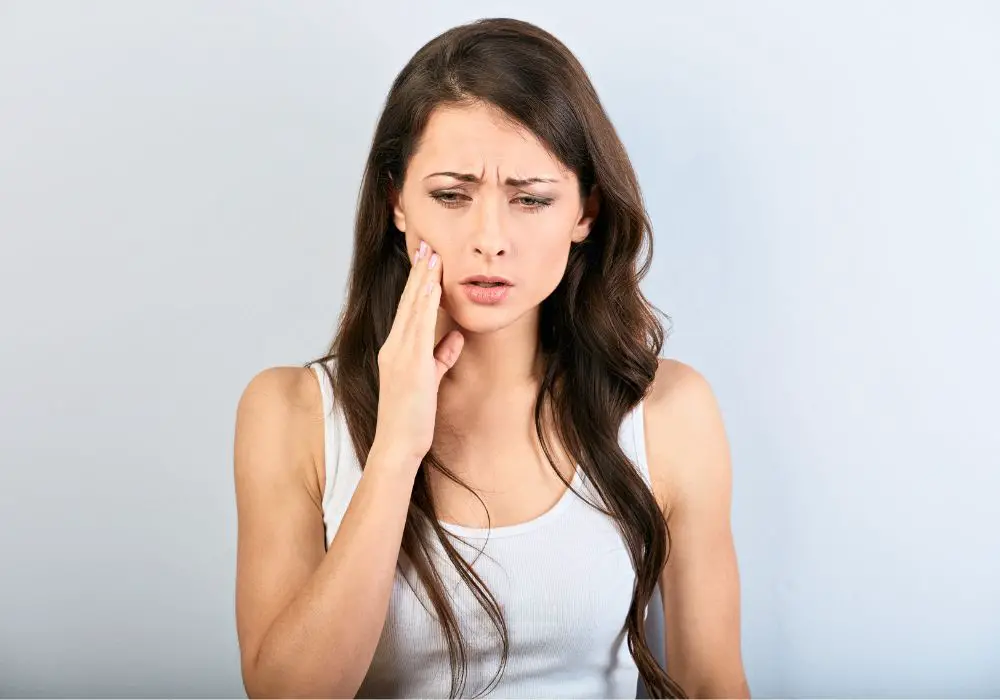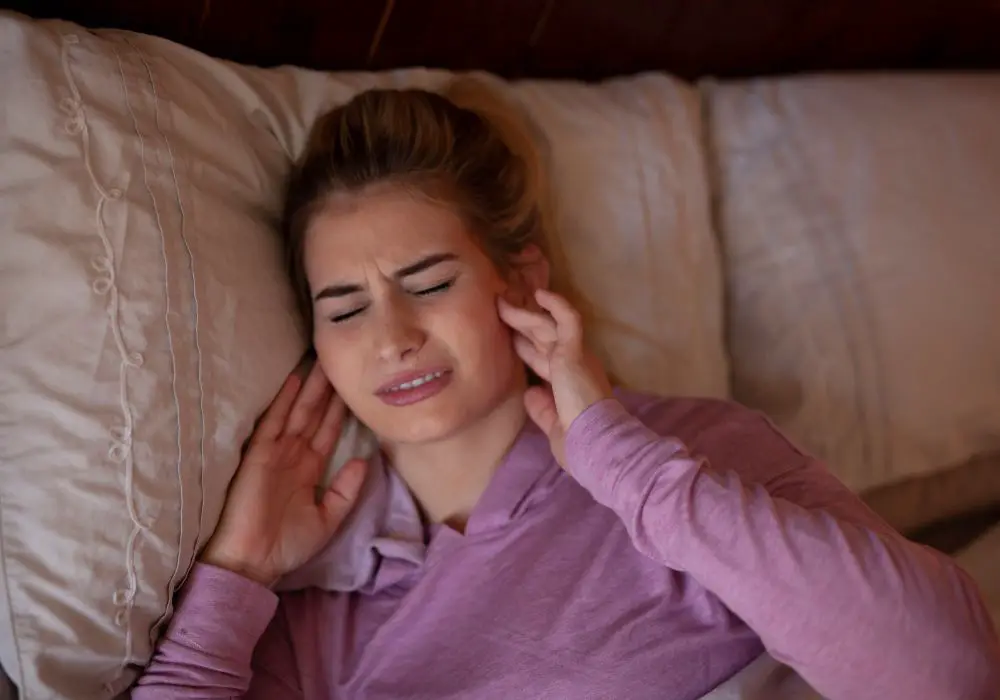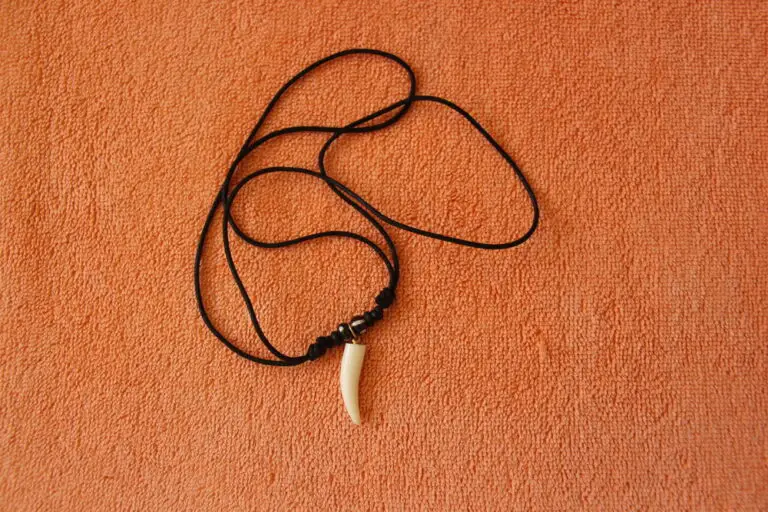Wisdom teeth, as the third and final set of molars located in the back of the mouth, have a notorious reputation for causing problems. Their late emergence combined with lack of adequate space leads to issues like impaction and chronic infections. Far beyond just causing pain and swelling in the mouth, wisdom teeth have also been associated with referral pain that manifests as headaches or pain in the back of the head.
This unusual pain pattern develops due to the proximity of wisdom tooth roots to various nerves, sinuses, and TMJ structures in the jaw that have connections reaching towards the back of the head. The failure of wisdom teeth to properly erupt can put pressure on these sensitive areas and lead to inflammation or dysfunction that generates wider symptoms.
Understanding the mechanisms behind this referred pain, the typical patterns it follows, diagnostic methods, and treatment options can help gain control over this particularly troublesome type of head and jaw discomfort originating from the lowly wisdom tooth.
Wisdom tooth development and impaction
Wisdom teeth begin to form later in childhood but do not start actively erupting until the late teens, generally between ages 17 to 21. Occasionally they emerge slightly earlier or later, even up to age 25. Most people have 4 wisdom teeth – one in each quadrant. The upper teeth are referred to as 1s and 16s while the lower ones are the 32s and 17s.
These third molars get their name from the fact that they develop at an age where people have gained more wisdom through life experience. Unfortunately, wisdom teeth tend to become problematic as they are the last to erupt and space is limited at this later stage. The jaw has usually finished its growth and cannot accommodate the newly emerging teeth smoothly.
According to research, around 65% of the population has at least one impacted wisdom tooth. Impaction refers to a tooth becoming stuck below the surface of the gum and bone because there is not sufficient room to erupt properly into a functional position. The tooth becomes angled, tilted sideways, or unable to break through the gum line.
Partial eruption or partial impaction can also occur where the wisdom tooth only emerges partially through the gums. This leaves a portion of the tooth still covered below the gum tissue. The soft tissue overhang around a partially erupted tooth makes it very difficult to clean and can harbor bacteria, leading to infections like pericoronitis.
How wisdom teeth can cause head pain – the pathways involved?

There are several key anatomical structures around the wisdom teeth that can generate wider symptoms when irritated:
Nerves
The inferior alveolar nerve and lingual nerve are sensory branches of the trigeminal nerve that provide sensation and function to the lower teeth, gums, chin, and side of the tongue.
The mandibular division of the trigeminal nerve also carries sensation from the lower jaw. The trigeminal nerve has three branches that supply the face and jaw on each side.
When the wisdom teeth put pressure on or damage parts of these nerves, it can cause inflammation and neuropathic-type pain that radiates upward behind the jaw, into the temples, and towards the back of the head.
Maxillary sinus
The upper wisdom teeth situated adjacent to the maxillary sinuses can impinge on the sinus cavity and its lining during eruption or infection. The roots may even penetrate into the sinus in some cases.
This can lead to maxillary sinusitis causing sinus congestion, pressure, pain, and sometimes headaches that originate from behind the upper teeth.
Temporomandibular joint
Changes to occlusion and alignment from emerging or impacted wisdom teeth can affect the temporomandibular joint (TMJ) on one or both sides. The TMJ connects the jaw to the skull.
Wisdom teeth issues that alter the bite or put more strain on the TMJ can lead to dysfunction, stiffness, and compensatory muscle spasms that contribute to pain radiating up the side of the jaw and towards the ears and back of the head.
Trigger points and muscle tension
Prolonged chewing and clenching due to difficult wisdom tooth pain can exacerbate trigger points in the muscles of mastication – the temporalis, masseter, and medial and lateral pterygoids.
Active trigger points and muscle tension can cause dull pain to radiate in predictable patterns, including towards the back of the head. This may manifest as tension headaches.
Typical patterns of referred pain from wisdom teeth

Some of the common referral pain patterns that originate from wisdom teeth problems include:
- Pain spreading from the upper wisdom teeth: This can spread to the cheek, temple, forehead, between the eyes, bridge of the nose, and even top and back of the head following the path of the maxillary sinus and branches of the trigeminal nerve.
- Pain spreading from lower wisdom teeth: Often radiates to the jaw joint, lower jaw, chin, and up the ramus through to the temple, back of the head along the course of the mandibular division of the trigeminal nerve. Can reach the ear on the affected side.
- General headache patterns: These include unilateral headache on the same side as the problematic tooth, headache across the whole back of the head in a band-like pattern following muscle trigger points, and bilateral headache over the occipital region potentially related to sustained muscle tension.
- Toothache pain specifically from the wisdom tooth itself that may throb and pulsate. Hot and cold sensitivity is common if the pulp chamber of the tooth becomes inflamed.
- Jaw and TMJ pain on opening, closing, chewing, talking, or yawning due to wisdom teeth problems affecting alignment and joint structures. Can produce aching and tension at the hinge of the jaw and back of the head.
- Maxillary sinus pressure behind the cheeks, under the eyes, and towards the top of the head, often accompanied by nasal congestion or discharge. More common with upper wisdom teeth.
Diagnosis and testing
A dentist can utilize several approaches to determine if wisdom teeth are the culprit behind head pain:
- Detailed history – Asking about the nature, location, duration, and triggers of pain provides key insight. Whether it began with wisdom tooth eruption or infection provides clues.
- Oral exam – Checking for signs of infection, swelling, gum inflammation, and caries around wisdom teeth. Assessing adjacent teeth for damage. Palpating jaw muscles for tenderness.
- Imaging – Panoramic x-ray to visualize wisdom tooth positioning and find impaction. CBCT for 3D views and to see proximity to nerves and sinuses.
- Assessment of bite – Checking for changes to occlusion that could affect TMJ function. Bite issues may manifest after wisdom teeth begin pushing through.
- Testing range of motion – Seeing if opening jaw wide worsens pain as this increases pressure on wisdom teeth.
- Tooth vitality testing – Checking nerve health and inflammation in the wisdom teeth themselves.
- Sinus exam – Looking for sinus inflammation if upper wisdom teeth are involved.
Treatments for wisdom tooth-related head pain

Once properly diagnosed, wisdom tooth problems linked to head pain can be addressed through:
- Wisdom tooth extraction – Removing impacted or problematic wisdom teeth can immediately decrease nerve irritation and associated pain. It can also resolve infections and sinus issues.
- Dental antibiotics – Prescribed for 1-2 weeks to clear any infections prior to extraction or if extraction is delayed. Helps reduce spread of inflammation.
- Pain medication – Anti-inflammatories like ibuprofen to lower inflammation affecting nerves or OTC acetaminophen to reduce headache pain.
- Root canal – If a wisdom tooth is infected internally but not fully impacted, doing a root canal can sometimes relieve related head pain.
- TMJ treatment – May involve splint therapy, physical therapy, massage, ultrasound therapy, and correcting bite issues.
- Sinus medications – Oral or nasal decongestants, antihistamines, steroid nasal spray to clear sinus congestion from wisdom teeth.
- Warm compresses – Can help soothe pain from pericoronitis and facial muscle tension caused by wisdom teeth.
- Soft foods diet – Prevents chewing discomfort while awaiting wisdom tooth removal.
With extraction or endodontic treatment of the wisdom teeth as needed plus therapies targeted at the secondary pain symptoms, patients can find relief from referred wisdom tooth head pain.
Frequently Asked Questions
Why are wisdom teeth more prone to problems?
Wisdom teeth are the last to erupt when space is limited. Their position in the back of the mouth also makes them harder to clean. This increases the risk of impaction and infection.
Can wisdom teeth cause migraines?
While not a direct cause, severe infections, TMJ issues, or inflammation from wisdom teeth can potentially trigger or worsen migraine headaches in some individuals.
When should wisdom teeth be removed?
Removal is often advised if wisdom teeth are impacted, repeatedly infected, or causing damage to adjacent teeth and structures. Extraction can prevent many future problems.
Can wisdom tooth extraction cure headaches?
For headaches clearly linked to wisdom tooth issues, removal can provide immense relief in many cases once the source of the problem is eliminated.
How long does pain last after wisdom tooth removal?
It is normal to have some mild pain and discomfort for up to 1 week after extraction. Severe pain that increases or lasts longer than expected should be evaluated.
Conclusion
Though wisdom teeth are physically located in the jaw, issues like impaction and infection can lead to pain that radiates well beyond the mouth due to the proximity of tooth roots to nerves, sinuses, and other sensitive structures. Spread of inflammation and dysfunction along these pathways generates wider symptoms.
By understanding the anatomical links between wisdom teeth and the back of the head, the typical pain referral patterns, and diagnostic methods, patients and dentists can better identify when wisdom teeth are the surprising culprit behind mysterious head pain. With a strategic treatment plan that may include extraction, infection control, nerve therapy, TMJ treatment, and good oral hygiene, the misery of head and jaw pain originating from lowly wisdom teeth can be effectively resolved.






